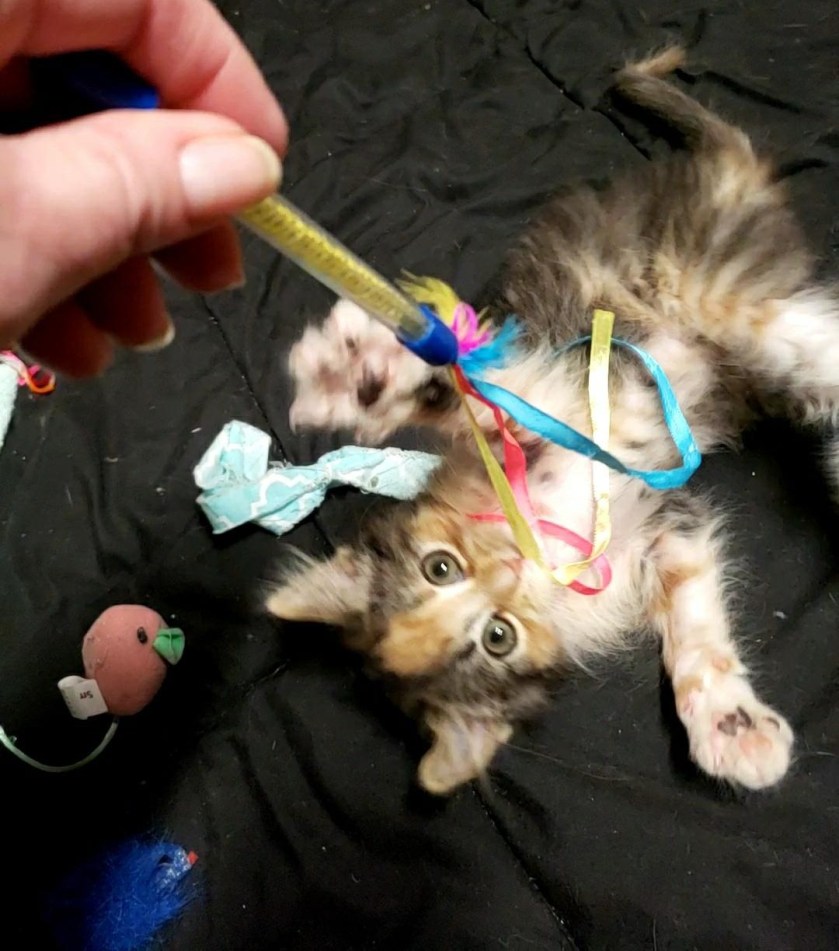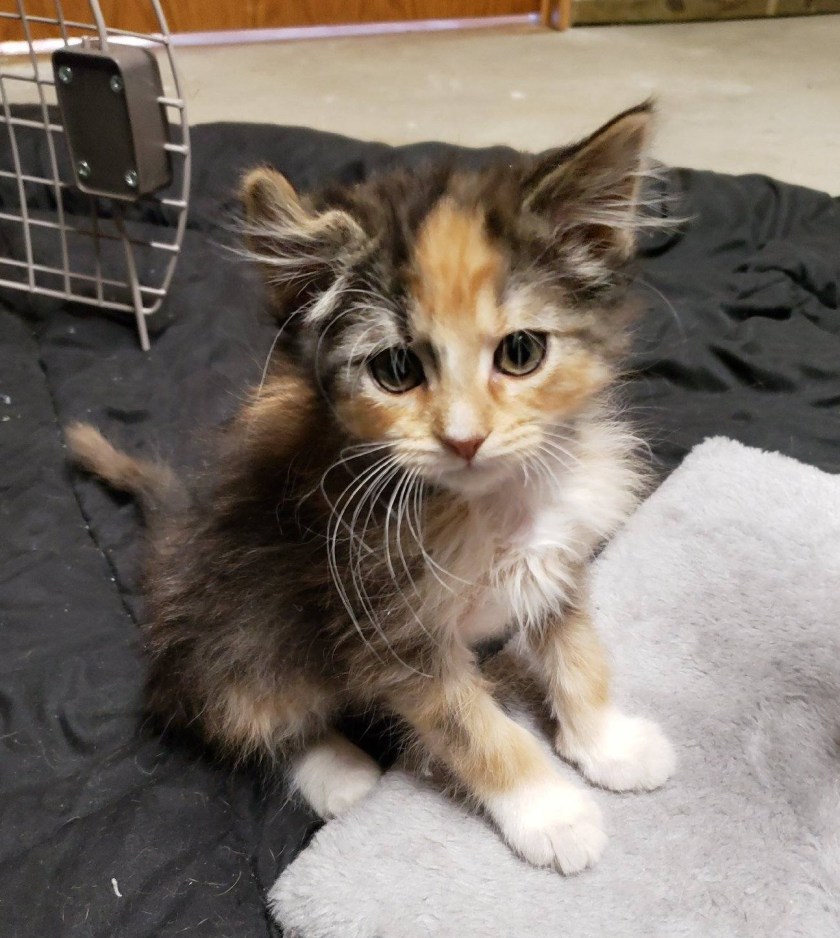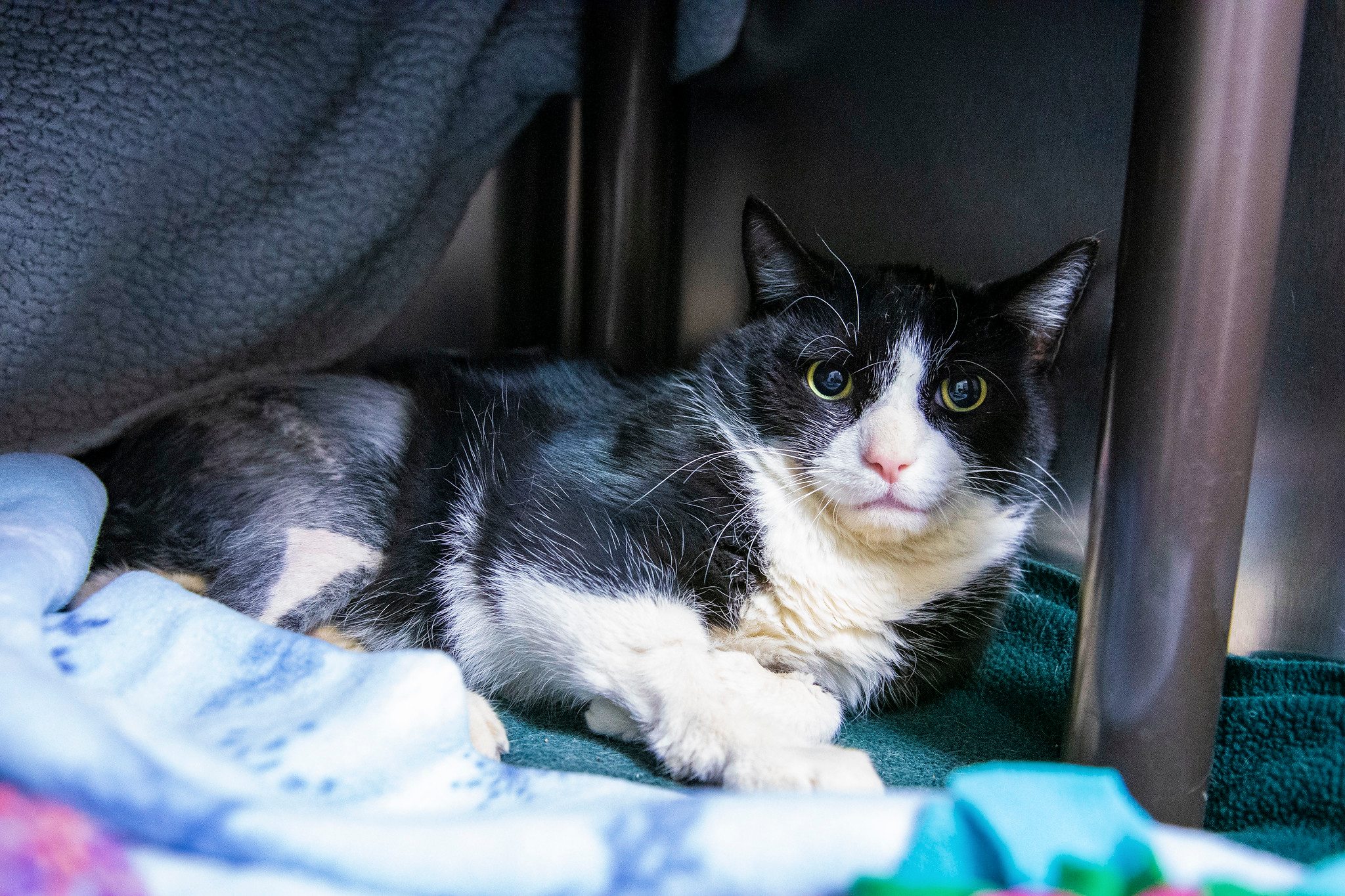The Chicago White Sox opened the baseball season on the road, then headed home where they hosted the San Francisco Giants — and a scrappy, hungry stray who helped himself to heaps of stadium food.
The cat appeared in the park for three consecutive nights of the homestand, emerging from a hiding spot in the bowels of the stadium to sidle up to fans eating ballpark grub and meow for them to share. And share they did, according to Block Club Chicago, with fans holding the little guy and feeding him “shredded chicken off the top of their ballpark nachos.”
“He was just super chill and very comfortable roaming the park, like it’s his territory,” White Sox fan Alexis Lopez told Block Club.

The cat, who was “a little scruffy and thin” according to Lopez, took an overly enthusiastic bite of some stadium food and accidentally punctured the skin on her cousin Antonia Denofrio’s finger. Stadium staff treated Denofrio at the park and thought they were in for a thorough search for the kitty, but the night after the White Sox finished their home series against the Giants, the orange tabby “jumped right up onto a security golf cart and was super friendly,” White Sox team photographer Darren Georgia said.
Georgia brought the cat home, got him fixed and examined by a vet and named him Beef. Now they’re best buds.
“He’s outgoing, loves to play and snuggle,” Georgia told The Block. “Just everything you’d hope for in a cat.”
The unicorn of cats
When Alli Magish, a foster for NoCo Kitties in Colorado, took home a mom cat and her five kittens, she realized one of them was incredibly rare: a male calico.

Magish brought the little guy, now named Charlie, to two veterinarians to confirm, and for all of them Charlie is their first male calico. Only about one in 3,000 calicos are male, the Coloradoan reported, citing statistics from the Cornell College of Veterinary Medicine.
“We will probably get huge adoption fee offers for him, but we want him to go to the best home, and that’s not necessarily the one that could be the highest bidder,” Davida Dupont, founder of NoCo Kitties, told the Coloradoan.
Typical adoption fees for kittens at the rescue are $195, but Dupont says she wants to organize a fundraiser around the little guy before settling on the best place for his forever home. (Shhhh, no one tell Chloe Mitchell.) Since she spoke to the Coloradoan on April 1, NoCo Kitties has received a flood of adoption applications, and in a follow-up Facebook post Dupont says she hopes some of them will consider adopting the many other lovable cats at NoCo who are looking for homes.











